Alfons & alfreda designs sustainable neighbourhood at Berlin Brandenburg Airport
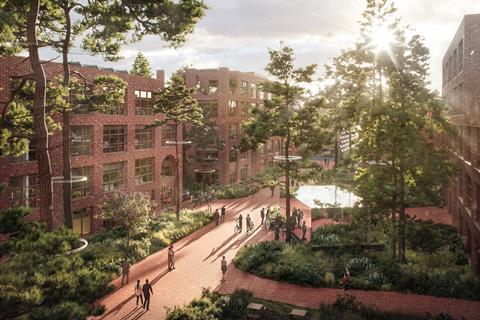
Dusseldorf-based project developer Alfons & alfreda has designed a working district in Schönefeld, Germany.
Located in the interplay between Berlin Brandenburg Airport and the southeast of Berlin, the urban quarter will house three self-sufficient office buildings and a hotel complex around a central, green square with its own restaurant, gym and local amenities.
With an area of 45,700 m, the goal is to create a modern working environment with a focus on sustainability.
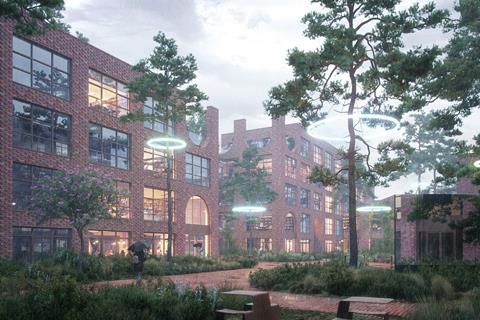
Sustainable materials, smart technology and biodiverse green spaces feature in the design plans with the facade being built from over a million recycled bricks.
Modern heat pumps, photovoltaic surfaces, wastewater heat recovery and numerous solar facade parts have been specified, making it possible to dispense with fossil fuels.
From the individual brick, to air conditioning, water management and the integration of electric mobility, the project hopes to demonstrate what contemporary architecture can achieve.
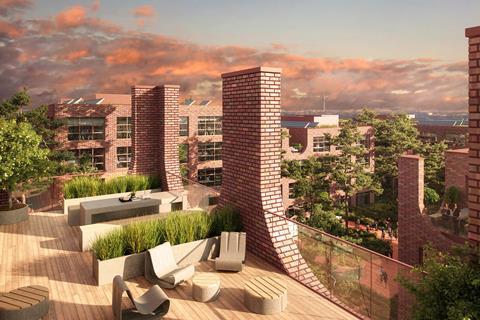
According to the designers, tenants in the district will save significantly on ancillary costs. Around 60% of the heating and cooling supply can be covered by self-generated energy, obtained through wastewater heat and photovoltaic surfaces.
The perforated facade interspersed with round arches is both a frame and a contrast to the outdoor areas, designed in accordance with the nearby Brandenburg heathlands.
Combining brick with nature creates a timeless aesthetic, which the team believe will enable a long and sustainable use cycle.
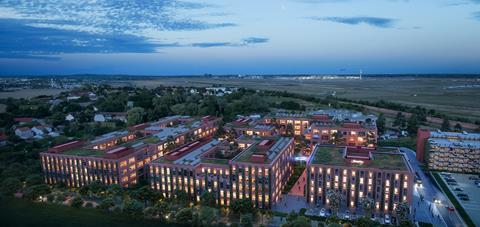
The holistic concept continues in the interior with raw, robust and versatile surfaces that can be adapted to the requirements of the user.
The rooms will use a variety of smart solutions designed to minimize the environmental footprint and maximize user comfort.
Floors made of recycled creek stone, exposed concrete and furniture made of Brandenburg pine will contribute to a timeless aesthetic.
The developers and architects have been working on this project, named Testa (“brick” in Latin), for the past two years and plan to complete in 2025.









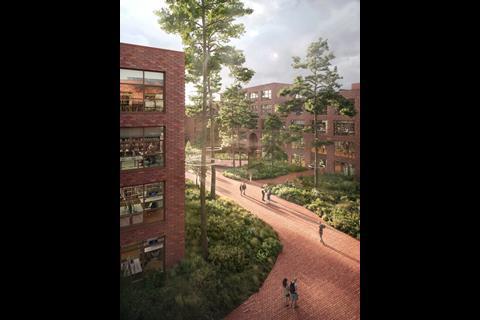
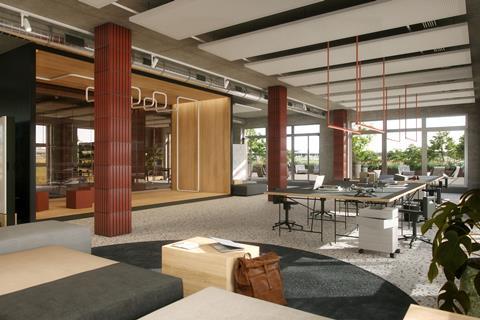
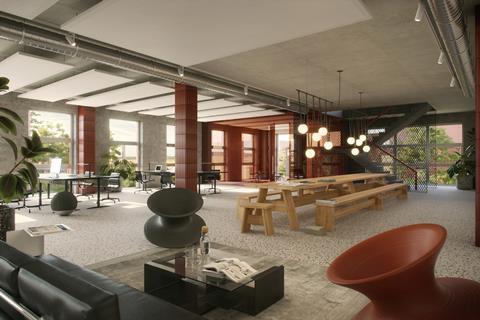
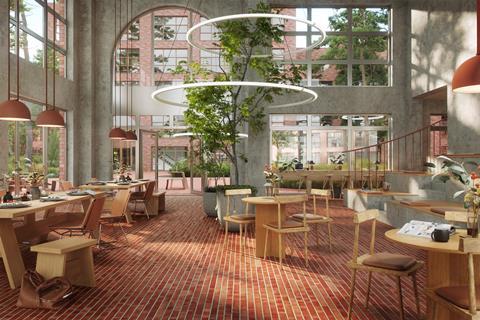







1 Readers' comment